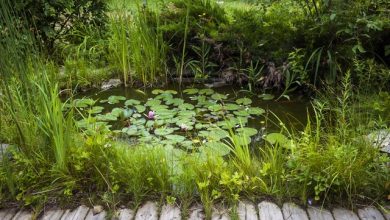Red Maple: [Crop, Associations, Pests and Diseases]
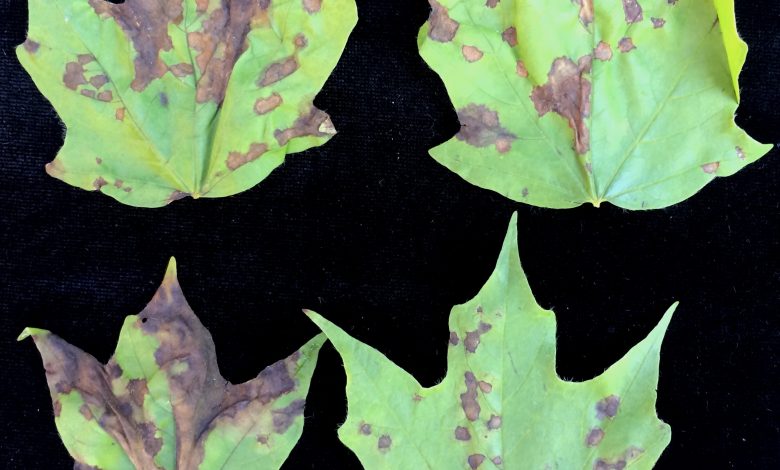
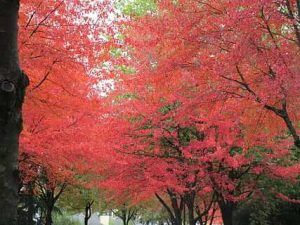 Native to North America where it is both abundant and well valued for its characteristics, the red maple is also known as Canadian red maple or American red maple.
Native to North America where it is both abundant and well valued for its characteristics, the red maple is also known as Canadian red maple or American red maple.
The red maple tree is known botanically as acer rubrum . It is part of the Sapindaceae family.
Some varieties reach up to 120 feet in better environments. However, most are usually shorter, reaching approximately 40 to 60 feet in height.
Important points when planting Red Maple
- Where to sow? In full light. It needs a lot of sunlight.
- When? in autumn.
- How do we prepare the land? Removed, PH 4.0 to 6.0. With substrate such as mulch and ground pine bark.
- How do we water? With drip and also by sprinkling.
- How often do we water? In summer, daily. The rest of the year 3 to 4 times a week.
- Plagues and diseases? Mealybugs, insects and red spiders. Verticillium wilt.
When to plant a Red Maple?
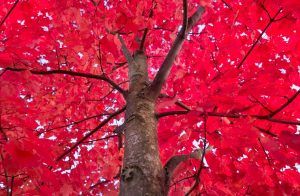 Red maple, like other deciduous trees, is best planted in the deciduous time of October through March when there is no frost. Fall is the best time to plant red maple.
Red maple, like other deciduous trees, is best planted in the deciduous time of October through March when there is no frost. Fall is the best time to plant red maple.
The plant is sensitive to frost only at a young age and must obtain winter protection: for this purpose, the ground around the trunk is covered with leaves or mulch.
In later years, however, it is very hardy and therefore shows up in cold situations without any protection.
Where to plant a Red Maple?
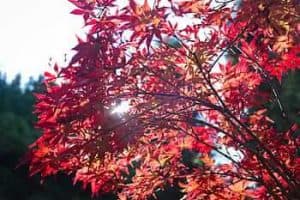 It is a kind of mild and cool climate, adaptable to other conditions. It can be in the shade for the first few years, needing a lot of light for the rest of its life.
It is a kind of mild and cool climate, adaptable to other conditions. It can be in the shade for the first few years, needing a lot of light for the rest of its life.
Red maple prefers a sunny location in loosened, sanded soil. Depending on the area and care available, the maple can become a public tree or a full-bodied shrub.
In order for its color to be unique, the red maple should be located as individually as possible in the garden. However, a young plant can also be first grown in a bucket. A red maple bush can also be planted in a location with little wind.
However, it reacts to soil that is too dense or too calcareous. For small urban lots, smaller species can be grown, such as “Schlesinger”, which rarely exceeds 25 feet in height. Before you plant, you need to know that there are a couple of problems associated with growing red maples.
They have thick, strong roots that grow near or above the surface of the soil. Although not as destructive and invasive as silver maples, they can lift sidewalks and make lawn maintenance a difficult task.
How to prepare the land?
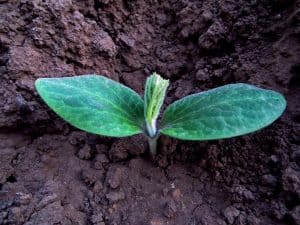 The soil that red maple requires for planting should be between acidic and neutral in the range of 3.7 to 7.0. Perhaps it can withstand limestone soil, but there will be a risk that the leaves will turn yellow due to iron chlorosis.
The soil that red maple requires for planting should be between acidic and neutral in the range of 3.7 to 7.0. Perhaps it can withstand limestone soil, but there will be a risk that the leaves will turn yellow due to iron chlorosis.
There is the possibility of acidifying the soil, adding ground pine bark or other products to improve its nutrition.
On the contrary, if the soil is very very calcareous, it is better to choose another species of tree because it will be very difficult to change the pH of the soil. It is very important to note that heavy soil should be loosened with gravel or sand before planting the Red Maple.
How do we water a Red Maple?
The red maple needs moisture in the soil, although it can withstand periods of drought and can also stand in flooded areas.
Therefore, it is necessary to water the red maple before the soil has a chance to dry out. Slow, deep watering is better than frequent light applications because it encourages deeper roots.
How do we plant a Red Maple step by step?
In the garden
To plant a red maple we can take into consideration that if we do it in the garden we must:
- Choose a moist garden site located in full sun or partial shade. If the site is not naturally moist or moist, the tree will need frequent watering throughout its life.
- Prepare the ground which should be an acidic to neutral soil. Alkaline soil produces pale, sickly leaves and poor growth.
in a pot
If, on the other hand, you prefer to plant in a pot, it is necessary to follow the following recommendations:
- Choose a dwarf cultivar that matures at less than 10 feet. Larger plants will also work if they are pruned annually.
- Select a container that is no more than twice the volume of roots. Make sure there is a drainage hole. Red maples will not survive in soggy soil.
- Use quality potting soil, but not one that contains slow-release fertilizer that can burn roots.
- Fertilize sparingly. Apply a water-based fertilizer, diluted about half, when growth begins in the spring.
- Repot once the roots reach the sides and bottom of the pot, usually every two years.
- Prune the roots by cutting off the larger, woodier ones to encourage the formation of small fibrous fibers.
- Move potted Red Maples to a sheltered spot after foliage falls in the fall.
What favorable associations does it have?
The association of crops of compatible plants produces benefits with respect to their cultivation separately, in addition to the use of light, water and/or nutrients.
However, the red maple does not like to be planted near any other species because its colors and development can be affected.
What pests and diseases attack the Red Maple?
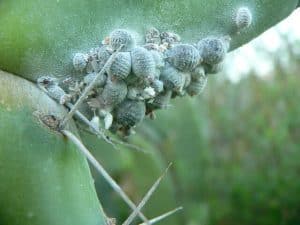 When found in very hot locations, red maple is vulnerable to attack by mealybugs, scale insects, or spider mites.
When found in very hot locations, red maple is vulnerable to attack by mealybugs, scale insects, or spider mites.
The most common disease of red maple is Verticillium wilt, a fungus that inhibits the water supply within the plant, ultimately leading to death.
Therefore, it is absolutely necessary that the diseased plant is not disposed of in compost, but in well-housed household waste without contact with other shrubs, trees and ornamental plants in the garden. In addition to fungal infection, red maple can be infected by spider mites.
A root ball that is too wet or a windy and shady place favors the appearance and development of pests. It is recommended to try to recognize pests quickly in order to supply appropriate insecticides.
The location where the plant is located should also be carefully checked and, in case of doubt, a place in the garden should be chosen where the conditions are better and the tree can grow healthy and strong.
verticillium wilt
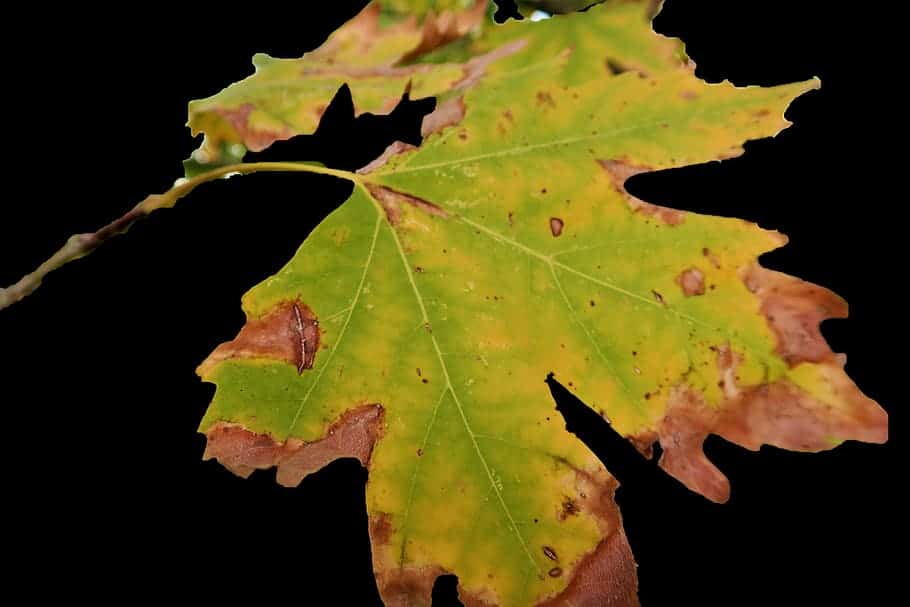 Verticillium or Verticillium wilt is a common soil fungus that thrives in temperate climates around the world and can be present in the soil for decades.
Verticillium or Verticillium wilt is a common soil fungus that thrives in temperate climates around the world and can be present in the soil for decades.
Verticillium wilt overwinters in the soil as dormant mycelium or tiny dormant black structures called microsclerotia, waiting for favorable conditions to return.
They enter damaged plant tissue through the roots and multiply. Many common weeds, such as dandelions and weeds, can be Verticillium host species.
Verticillium wilt is a disease that affects more than 350 species of eudicolous plants. It is caused by six species of Verticillium fungi: Verticillium dahliae, Verticillium albo-atrum, Verticillium longisporum, Verticillium nubilum, Verticillium theobromae, and Verticillium tricorpus.
Many plants with significant economic weight are susceptible, such as cotton, tomatoes, potatoes, oilseed rape, aubergines, peppers, and ornamental plants, as well as others in natural vegetation communities.
Many species and cultivars of eudicots are resistant to the disease, and all monocots, gymnosperms, and ferns are immune. To know more: Verticillium wilt in the Orchard: What is it? How do we identify it?
How long does the red maple live?
It is a long-lived tree whose average lifespan exceeds 100 years and it is possible that under ideal conditions it can reach 200 years.
How long does it take to grow red maple?
It covers a time that goes from 7 to 10 years to achieve full growth.
How long does it take to produce fruit?
It begins to produce fruit about 4 or 5 years after planting.
Can it be grown in a pot?
Yes, it can be kept in a pot, reaching a much smaller size than it would in the garden, but still giving an exceptional flowering.
How many times does the red maple produce fruit?
It produces fruits only once a year.
Does the red maple have to be pollinated to get fruit?
Red maple pollination is anemophilous. It means that it makes use of the action of the wind to achieve the results.
How cold can red maple tolerate?
The red maple is very resistant to cold and frost, being able to live in environments that even reach -18° C.
How many red maples can be planted per hectare?
Although the trunk is not as thick as that of other species, the crown opens wide, so an average of 150 to 200 trees per hectare must be managed.
What Kind of Fertilizer Does Red Maple Need?
It is not necessary to work with great enthusiasm on the subject of fertilization because it does not need it.
In any case, an annual fertilization with fermented compost will be more than enough.
How much heat and/or drought can red maples tolerate?
Its preferred climate is temperate. Still, it is able to live in climates where summer temperatures rise to 30° C.
It can also tolerate some sporadic episodes of drought, but it is better that they are not frequent or with very high temperatures.
Bibliography and references
- Motel, Guy. (1999). the maple. Akal Editions. Madrid Spain.
- Raven, Peter H.; Evert, Ray Franklin; Eichhorn, Susan E. (1992). Plant biology. Editorial Reverté. Barcelona, Spain.
- Hernandez-Maldonado, Saul Antonio; Sotomayor-Castellanos, Javier Ramón. (2014). Elastic behavior of Acer rubrum and Abies balsamea wood. Wood and Forests. Institute of Ecology, AC Xalapa, Mexico. Reproduced from: http://www.redalyc.org/articulo.oa?id=61732732010
- Gleiser, Gabriela: Verdu, Miguel. (2005). Reproductive biology of Acer opalus subsp. garnetense. Desertification Research Center (CIDE). University of Valencia. Valencia Spain. Reproduced from: http://www.cma.gva.es/comunes_asp/documentos/agenda/Cas/76218-iberis3.pdf
- Zavala Chavez, Fernando. (2000). Fire and the presence of oaks. Science Ergo Sum. Autonomous Mexico State University. Toluca-Mexico. Reproduced from: http://www.redalyc.org/articulo.oa?id=10401909

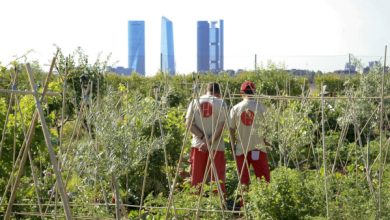
![Photo of Climate of Argentina: [Characteristics, Flora, Fauna and Adaptability]](https://www.complete-gardening.com/wp-content/uploads/2022/08/climate-of-argentina-characteristics-flora-fauna-and-adaptability-390x220.png)
![Photo of Philodendron Xanadu: [Crop, Irrigation, Associations, Pests and Diseases]](https://www.complete-gardening.com/wp-content/uploads/2021/06/Philodendron-Xanadu-scaled-1-390x220.jpg)
